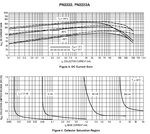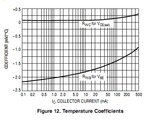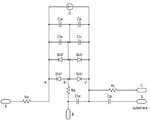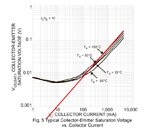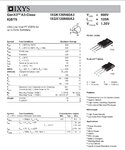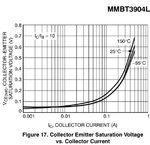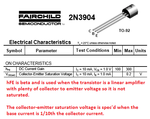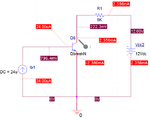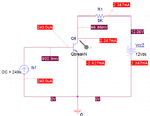4EverYoungs.71
Junior Member level 1
Hi everybody
I'm confused about Transistor saturation current,as i know
Vcc=Vce+Ic*RL
where
Vcc:The source voltage
Vce:Collector to emitter voltage
RL:Load Resistance
and at saturation Vce=0 Volt
my confusion is,
Is saturation current depend on the load resistance "as the equation prove" , it depends on the value of the base current or on the nature of the transistor fabrication process ?
Is the saturation current mentioned above is the same the one mentioned in the datasheet of the transistor ?
Regards.
I'm confused about Transistor saturation current,as i know
Vcc=Vce+Ic*RL
where
Vcc:The source voltage
Vce:Collector to emitter voltage
RL:Load Resistance
and at saturation Vce=0 Volt
my confusion is,
Is saturation current depend on the load resistance "as the equation prove" , it depends on the value of the base current or on the nature of the transistor fabrication process ?
Is the saturation current mentioned above is the same the one mentioned in the datasheet of the transistor ?
Regards.
